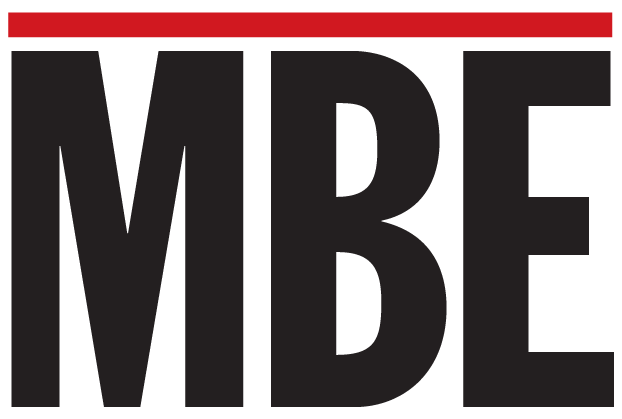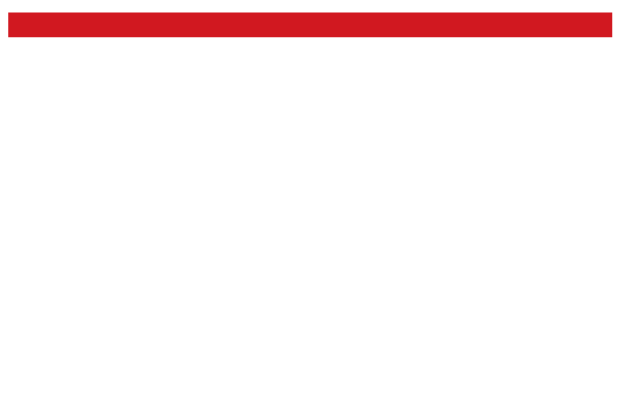
BCH’s AMEN Corner – Affluent Minority Entrepreneur News
In today’s economic climate, small minority-owned businesses are being hit from all sides. Inflation, supply chain issues, and rising tariffs are eating into already slim margins. The stakes are high, and the path forward requires agility, creativity, and community.
According to the U.S. Chamber of Commerce, nearly 85 percent of small business owners reported feeling the impact of rising costs in the last year. For minority-owned firms—many of which operate in price-sensitive industries or are newer to market—these pressures can be even more acute.
Let’s take a look at some key strategies to stay resilient in these uncertain times.
Rethink Your Supply Chain
If you rely heavily on imported goods, tariffs can drastically change your cost structure. Now is the time to explore domestic or near-shore suppliers.
“Switching to a local co-packer saved us shipping time and cut costs,” says Miguel Santos, owner of a gourmet hot sauce company in Texas. “It also gave us more control over quality.”
“As a Black-owned beauty brand, we’ve seen packaging costs go up by nearly 40 percent due to import tariffs,” says Tasha Nguyen, founder of Everglow Naturals in Atlanta. “We had to completely rethink our suppliers and redesign some of our packaging to stay profitable.”
Start by mapping your supply chain, identifying where tariffs hit hardest, researching alternatives closer to home, and exploring innovative ways to lower costs such as packaging or modes of delivery.
Negotiate and Collaborate
Small business owners often underestimate their leverage. Negotiate better terms with vendors, or explore shared purchasing power with other small businesses. They need you as a client and don’t want to lose you.
“Through our Hispanic Chamber of Commerce, we joined a group that buys packaging materials in bulk,” shares Lourdes Rivera, co-owner of a catering business in Chicago.“We’ve saved thousands of dollars already.”
Diversify Your Income Streams
Explore ways to bring in new revenue streams that aren’t as exposed to rising costs. Service-based models, digital offerings, and licensing are all worth a strong look.
Stat: A recent Shopify report found that 48 percent of minority-owned businesses added new product lines or digital offerings in response to rising costs in 2024.
Transparent and Strategic Pricing
Price increases are sometimes necessary but uneasy to communicate to clients. Be upfront with your customers and emphasize the value you provide. They understand rising costs. If possible, add escalators to your contracts so price increases are built-in.
“We told our customers why prices were changing—and they stuck with us,” says Darren Lee, owner of a family-run furniture store in North Carolina. “They appreciate honesty and supporting a local Black-owned business.”
Tap Into Support Networks
There are resources tailored specifically for minority entrepreneurs—grants, low-interest loans, and technical assistance. Look into:
- Minority Business Development Agency
- SBA 8(a) Business Development Program
- Local economic development funds
- Supplier diversity programs with corporations
Stat: According to the National Minority Supplier Development Council, certified minority businesses generate over $400 billion in annual economic output—proof that collective strength matters.
Advocate for Change
Make your voice heard. Join business coalitions and chambers that represent minority business interests and can advocate for fairer trade and economic policies.
“We can’t just adapt—we have to speak up,” says Shante Davis, co-owner of a logistics firm in Detroit. “Tariffs were never designed with small businesses like ours in mind.”
Final Thoughts: Resilience is Our Superpower
Minority-owned businesses have always thrived through prayer, resilience, persistence, innovation, and deep community roots. While the economic landscape may shift, one thing remains constant—our ability to adapt, rise and survive.
Use your networks. Share knowledge. Find creative ways to move forward. We’ve built our businesses against the odds. And we’re not going anywhere. We know how to weather the storm just like our ancestors.













